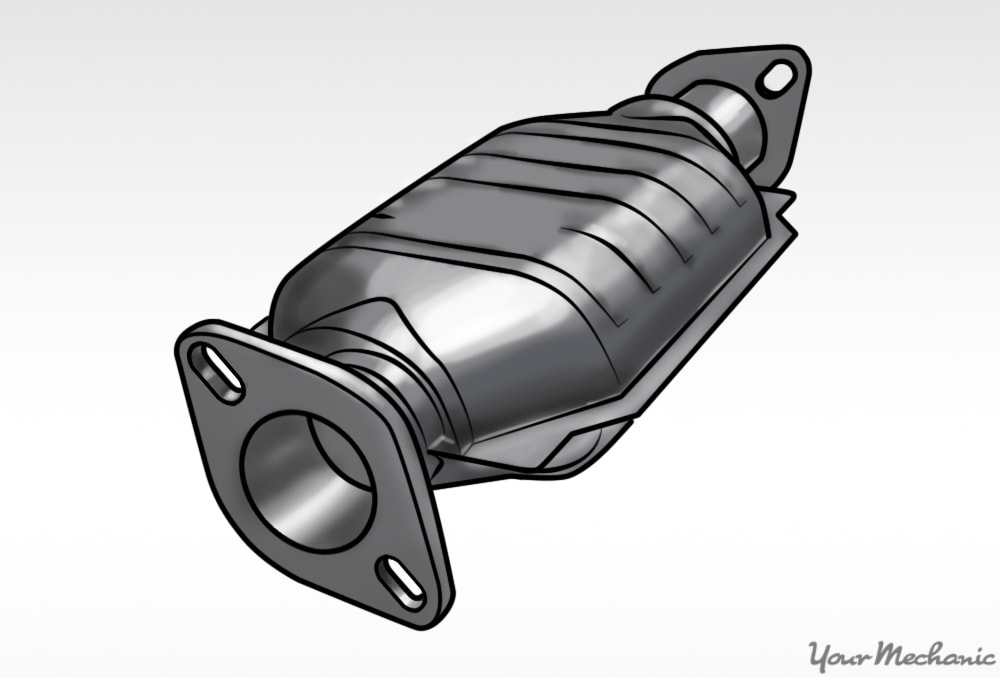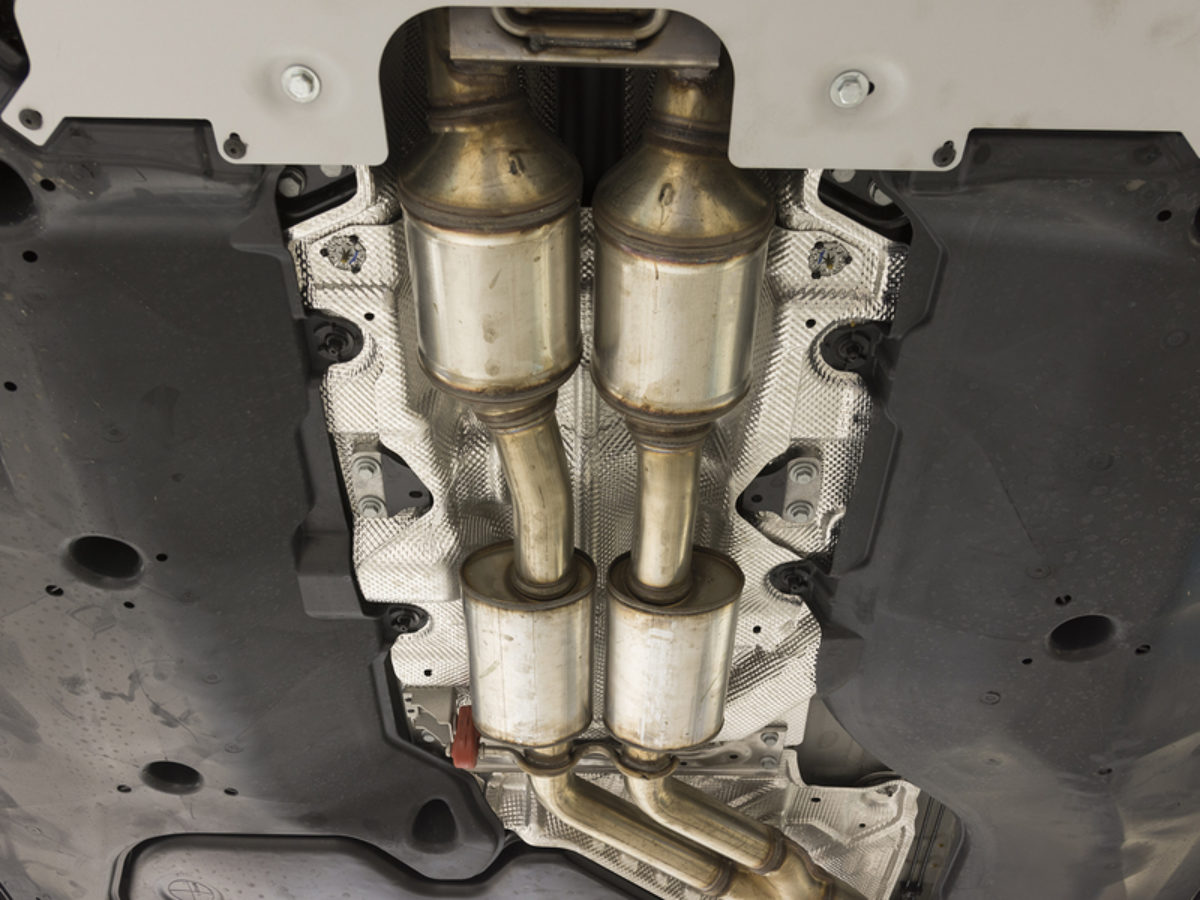
For example the mechanic has to use a power saw just to cut the old catalytic converter out and remove it. A diagnostic scan tool plugged into the OBDII port under.

The process requires one piece of specialized equipment that will run you under 20.
How to change catalytic converter. Part 1of 3Removal 1. Park in a level place and jack the vehicle up at all four wheels and support on jack stands. Allow the vehicles exhaust to cool down.
If your vehicle hasnt had an opportunity to cool down after running its. Locate the catalytic converter. How to Change a Catalytic Converter.
Step 1 - Elevate the Car. Either using a pair of ramps or using a car jack raise the car in the air and prop with jackstands. This will give you.
Step 2 - Consult the User Manual. Step 3 - Remove the Bolts. Step 4 - Purchase a new Catalytic Converter.
How to Replace a Catalytic Converter 1. Raise the vehicle preferably at both the front and rear high enough for you to slide underneath and work. Disconnect and remove the O2 sensors from the catalytic converter.
Most cars built after 1996 will have one sensor. Remove the bad catalytic. In this video I show how I replaced the catalytic converter intermediate pipe and exhaust manifold bracket on my 1995 Honda Odyssey.
Replace catalytic converter with a new one. Replace any manifold and exhaust gaskets as to prevent exhaust leaks or engine performance issues. Install the new catalytic converter.
Install new catalytic converter using the reverse of the removal procedure. All things considered bolt-on type catalytic converters are typically a simple job to do however the specifics can vary greatly from vehicle to vehicle. Fuels and Fuel Additives.
A different fuel or fuel additive may be effective at cleaning out catalytic converter deposits. For example if you typically fill your vehicle with the cheapest low-octane fuel try running your vehicle on a few tanks of high-octane fuel. Warning signs of a bad catalytic converter If your vehicle has any of these warning signs then your old catalytic converter may need to be replaced.
If you have a 1996-or-newer OBDII vehicle a check engine light may indicate a problem with your catalytic converter. A diagnostic scan tool plugged into the OBDII port under. Replace Catalytic Converter DIY vs Pro Shop Do-It-Yourself maintenance is always the cheaper route to a repair as you arent paying for a pros labor rate.
The current average labor rate for an independent shop is around 80 per hour according to AAA while dealerships average a little over 100 per hour. How to Replace the Catalytic Converter. Replacing a catalytic converter is a rather complex task that requires the use of specialized tools.
Hence it should be left to the professionals. For example the mechanic has to use a power saw just to cut the old catalytic converter out and remove it. Purchase a replacement catalytic converter that meets state and federal requirements.
By federal law the new converter must be identical to the factory original and must be installed exactly to vehicle manufacturer specifications. Have your mechanic install your replacement converter. Continue by removing the exhaust pipe coupler mounting bolts using a 15mm or 17mm wrench or socket at the rear of the catalytic converter.
Each application will very and some may need to be cut using a hacksaw and then welded up once the new catalytic converter has been installed. Replacing a catalytic converter is straightforward. The process requires one piece of specialized equipment that will run you under 20.
You will need the following. Ratchet and socket set. Make sure to get the correct part for the make model and year of your vehicle.
The catalytic converter regulates and reduces pollutants within the vehicles exhaust. Vehicles are required by law to have them so you need to replace them if they are no longer working. On a current Chevy Silverado the catalytic converters are welded to the front exhaust pipe assembly so replacing a catalytic.
Most cars will require the aftermarket Catalytic Converter to be welded to the exhaust pipes. Mobile mechanics can only do this service if you have a direct fit catalytic converter bought from a dealer. When replacing the catalytic converter it may be necessary to replace oxygen sensors as well.
Eventually youll have to replace your catalytic converter but you can lengthen its lifespan with some simple actions. First avoid using silicone sealants in the exhaust system. Also have a mechanic periodically inspect your exhaust system including the catalytic converter.
You may be able to identify problems before they get too bad. The moderately expensive option which requires a bit more time and some mechanical experience is the complete removal of the catalytic converter in order to replace it with a straight pipe. A straight pipe is a piece of metal pipe that replaces the catalytic converter of a vehicle but does not treat the exhaust gas to protect the environment.
If the cat is indeed failing you will need to have it replaced at that point to restore your vehicles low emission status and overall performance. In addition to an increase in harmful emissions continuing to drive with a faulty cat can result in a loss of power especially during initial acceleration.